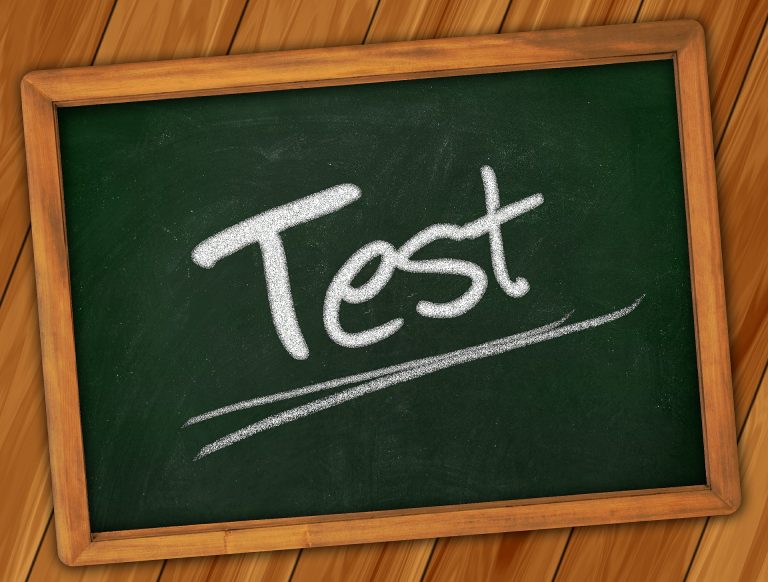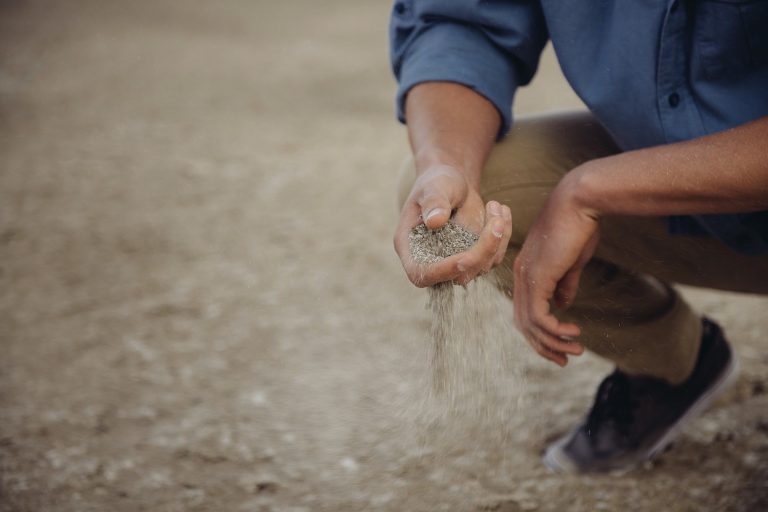America is a Christian Nation. Maybe.

This was one of the most anticipated days of the elementary school where I was the principal. On this day we would study the world of apple seeds. We would bob for apples. We would drink apple cider. There would be games. And most importantly, we would learn about John Chapman, better known as Johnny Appleseed. Johnny Appleseed was famous for planting apple trees in several states. He was also famous according to one major Christian publishing house for planting the seeds of the gospel wherever he went. The publisher even dedicated an entire history book that documented his life and told his story.
But, there was a problem. While it was true that Johnny was a missionary, he was a missionary for a cult- Swedenborgianism. I wish I had discovered this sooner.
Christian history books, like all books, are produced with a certain amount of bias, some more than others. It’s unavoidable. It’s hard wired in us. We all tend to be selective in the facts we emphasize and those we ignore. In some books I’ve looked at, the puritans are a recurring problem. In other books, the Baptists are. Catholics get hammered from all sides.
Keep this in mind as you shop for textbooks. Just because there are some “bones” to pick out does not mean you shouldn’t use a particular publisher or series.
What studies should make up the three and a half years required for graduation in most diploma programs? First, all students should study US History for a year. US Government should be studied for a half unit (half year) and explore how government works at the local, state, and federal level. Recommended is a study of geography for a half to a full unit as well as a study of world history for a full unit. Rounding out the social studies requirement would be a study of economics.
It is possible to find a textbook series that addresses all these elements simultaneously. If you choose this approach, plan to stick with it for the full four years.
The more traditional approach begins with a study of geography followed by world history, US history, government, and then economics. When I think about the traditional approach, I think about a funnel in which the content becomes narrower and narrower as you near the conclusion of the program. Each subject builds on the content and context of the preceding study.
So what other subjects, beyond the core subjects, are often required for high school students to “graduate” from high school? You’ve got personal finance, career education, health, communications to name four. And then, you’ve got a number of electives that make up your student’s course of study. How do you use those most effectively? More on this soon.
Thanks for reading!
Curt Bumcrot, MRE
Not doing achievement testing year but still want to formally gauge how your student is doing? The ELO Quick Assessment is an excellent way to do this at home. Available for grades 1-8 through mail or instant download.







